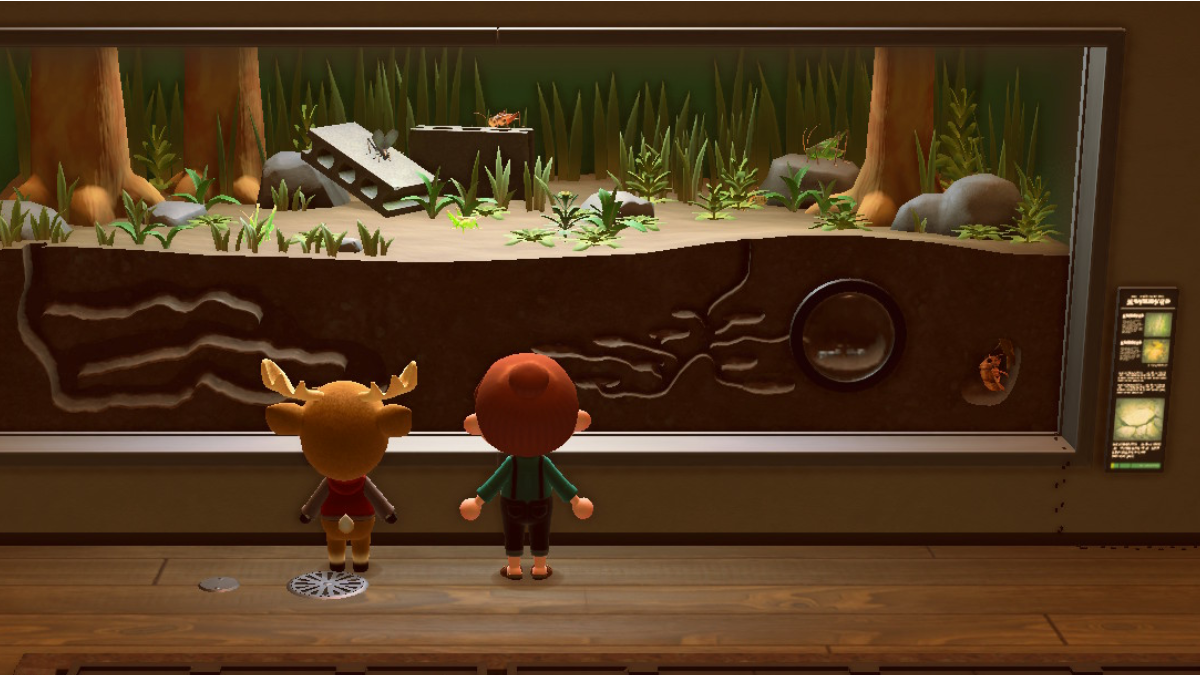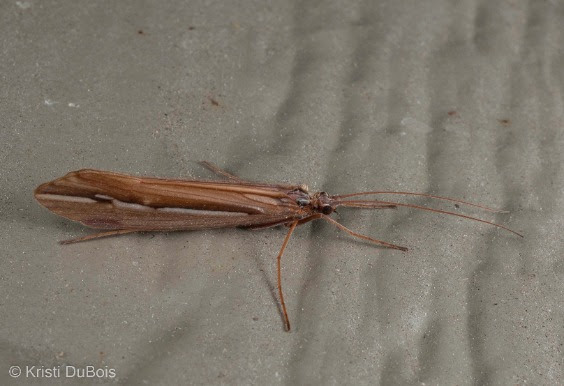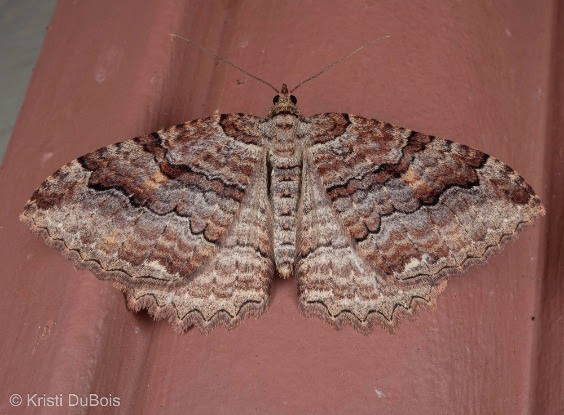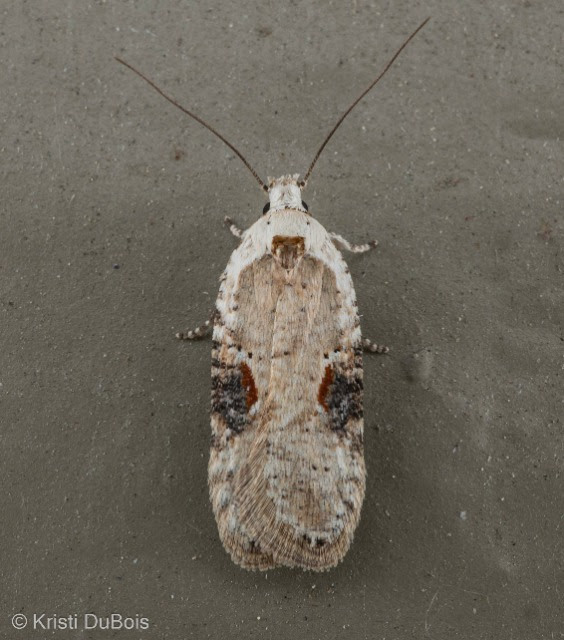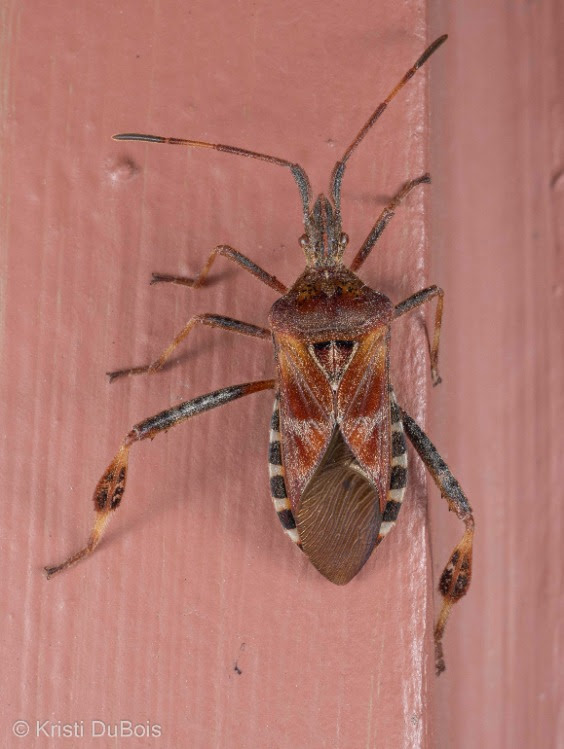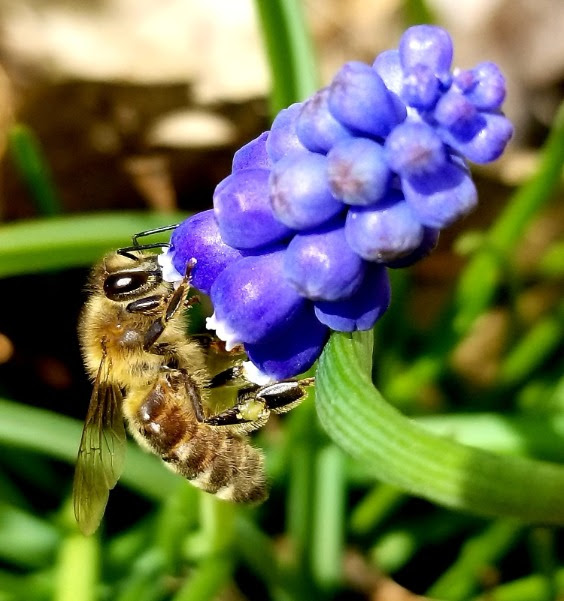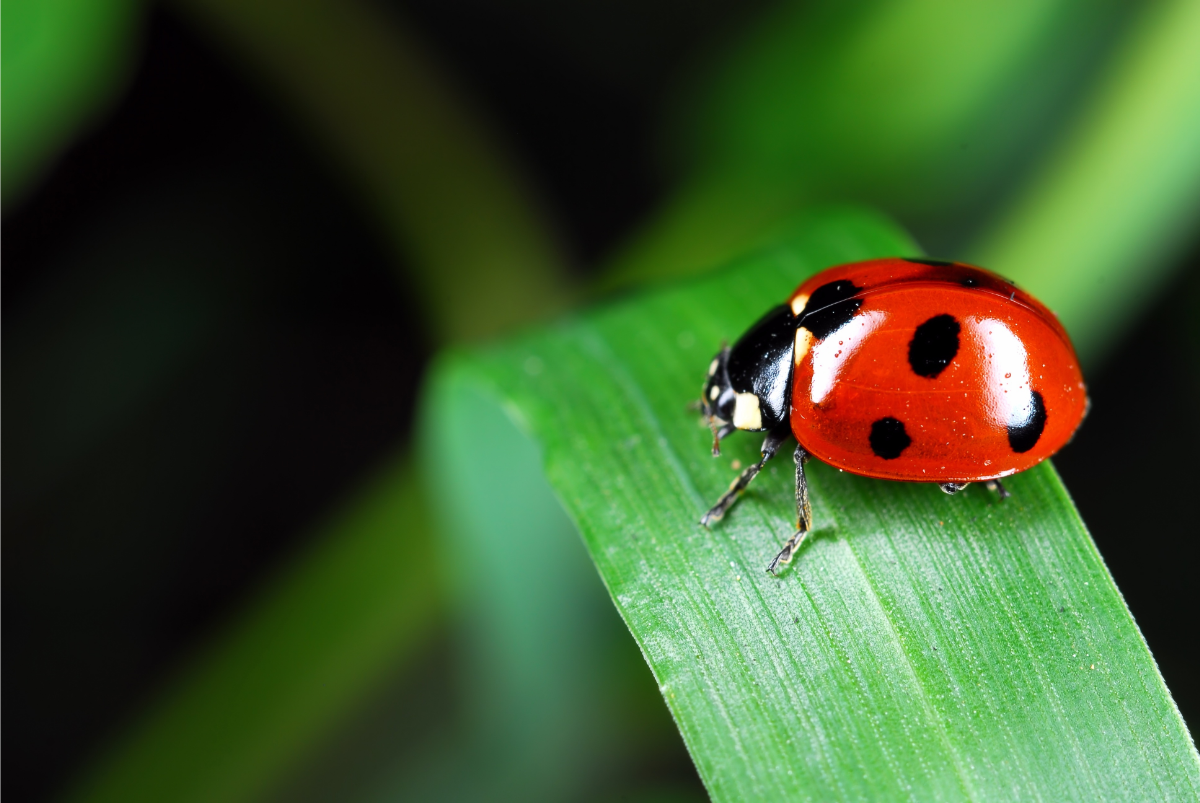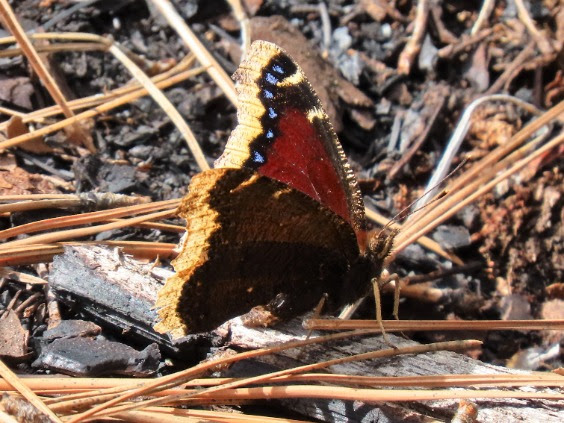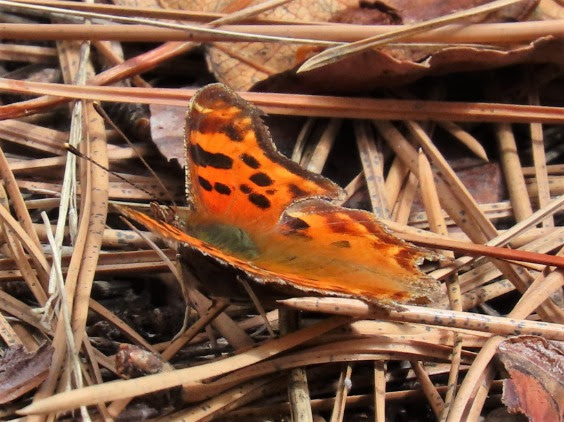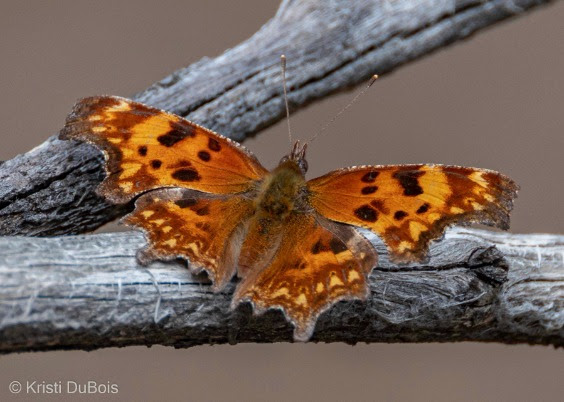Welcome back to the Lab! Early spring in Montana can be a major gamble when it comes to weather. If you’re like me, you put all your eggs into your spring […]
Read MoreArticles by: Butterfly House
Winter Caddisfly (genus Psychoglypha)
At first glance, caddisflies look much like their closest living relatives—the moths and butterflies. How to tell the two groups (orders) apart? Zoom in on their wings and mouthparts. Moth […]
Read MoreTissue Moth (Triphosa haesitata)
Tissue moths overwinter in caves where the temperature stays just above freezing, emerging in early spring. (We suspect that they wait out winter in other protected, temperature-stable locations, too.) A […]
Read MorePoison Hemlock Moth (Agonopterix alstroemeriana)
Poison Hemlock Moths, and their sole host plant, Poison Hemlock (Conium maculatum), were introduced from Europe. The plant arrived in North America in the 1800s, and the first recorded moth in […]
Read MoreWestern Conifer Seed Bug (Leptoglossus occidentalis)
Perhaps you had some of these insects enter your home last fall. They weren’t looking to eat anything, just a warm place to hang out until spring. And maybe you […]
Read MoreEuropean Honey Bee or Western Honey Bee (Apis mellifera)
The honey bee was one of the first domesticated insects and is the primary species kept by beekeepers for honey production and pollination services. Thanks to their domestication, they can […]
Read MoreNotes from the Lab: Why Not Ladybugs?
Welcome back to the Lab! In response to our recent series on classroom insects, we received a question regarding yet another type of insect that is popular for its use in gardens. The […]
Read MoreMourning Cloak (Nymphalis antiopa)
Mourning Cloaks are extra special—they’re Montana’s state insect! They’re also relatively easy to identify in flight on account of their larger size, gold-yellow border, brilliant blue dots, and brownish-maroon interior. […]
Read MoreSatyr Comma (Polygonia satyrus)
Size: Wingspan 1 3/4 – 2 1/2 inches (4/5 – 6.4 cm) Photo by: Kelly Dix on 3/30/22 near Florence, MT
Read MoreOreas Comma (Polygonia oreas)
Size: Wingspan 1 5/8 – 1 7/8 inches (4.2 – 4.8 cm) Photo by: Kristi DuBois on 3/27/22 in Mineral County, MT
Read More